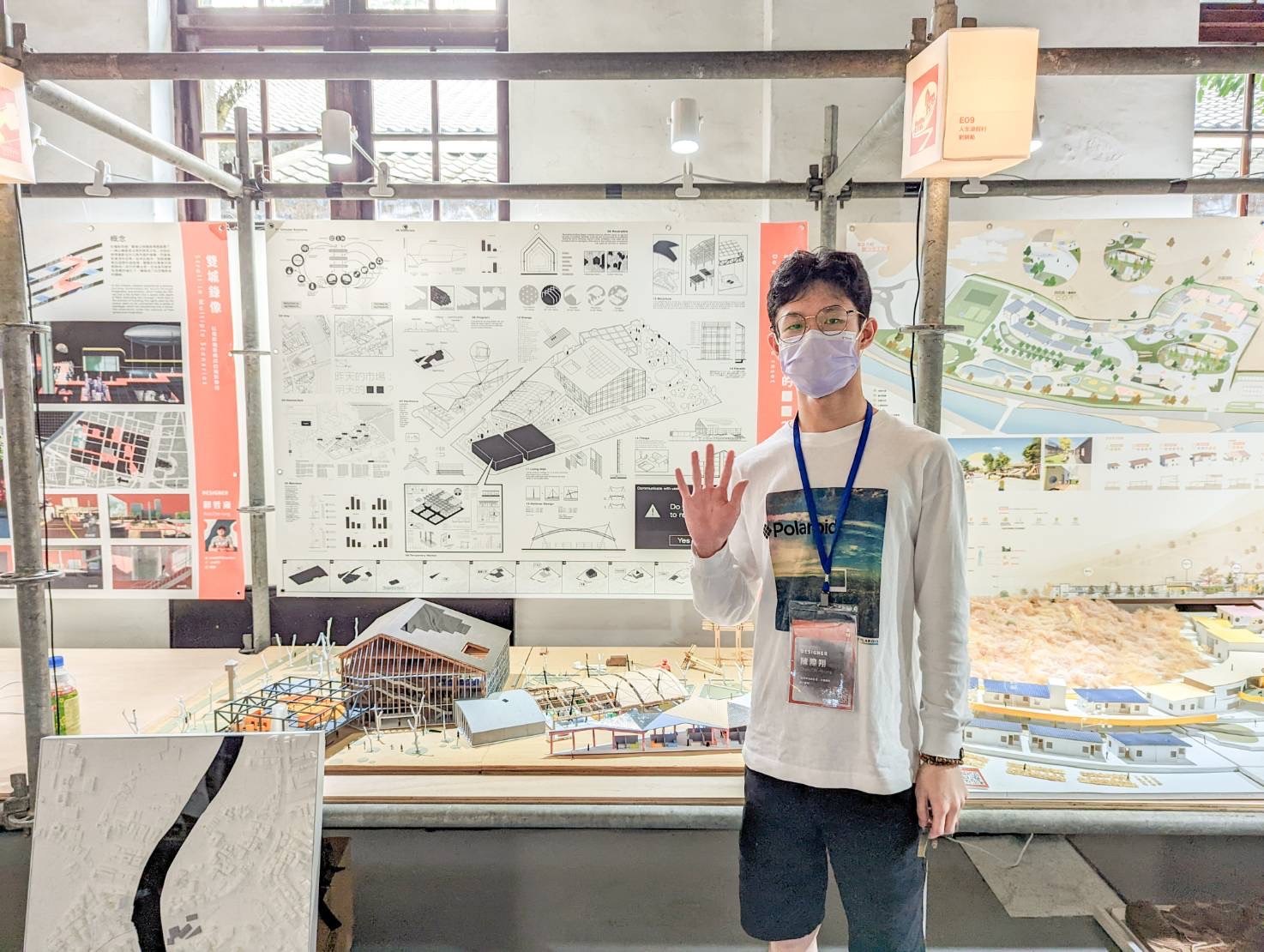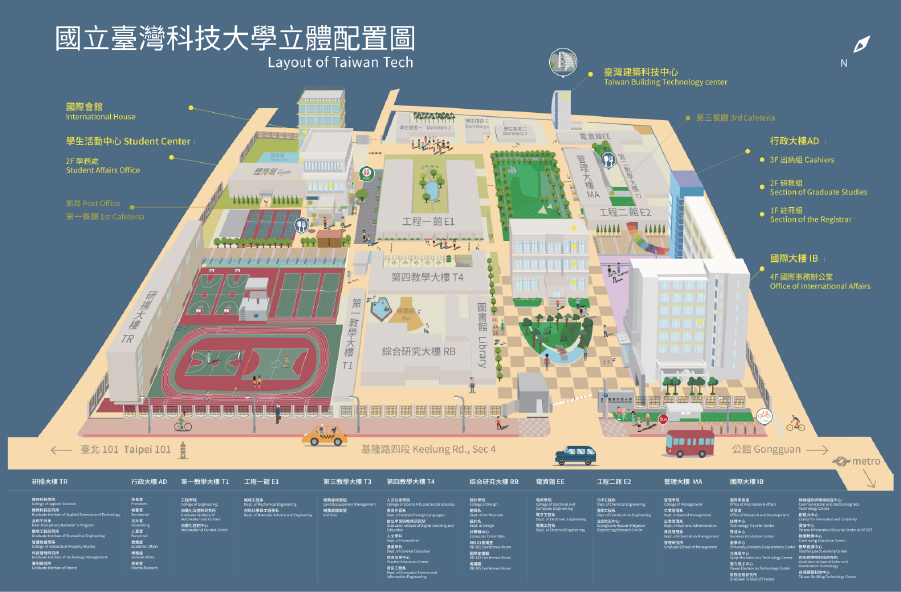Design: Taiwan Tech and YunTech hold architectural exhibition
The architectural exhibition was held by Taiwan Tech and NYUST displaying 89 student projects at warehouse No.2 in the Songshan Cultural and Creative Park, Taiwan.
Taiwan Tech Department of Architecture has always prioritized practicality as its mission of education and therefore encouraged students to create “practical” works for the exhibition. Ranging from student dormitories, elderly care centers, and transfer stations to architectural concepts which concern the transformation of the post-pandemic workspace and urban renewals of old areas, the exhibited works fully expressed sentiments and awareness for local issues of Taiwan.
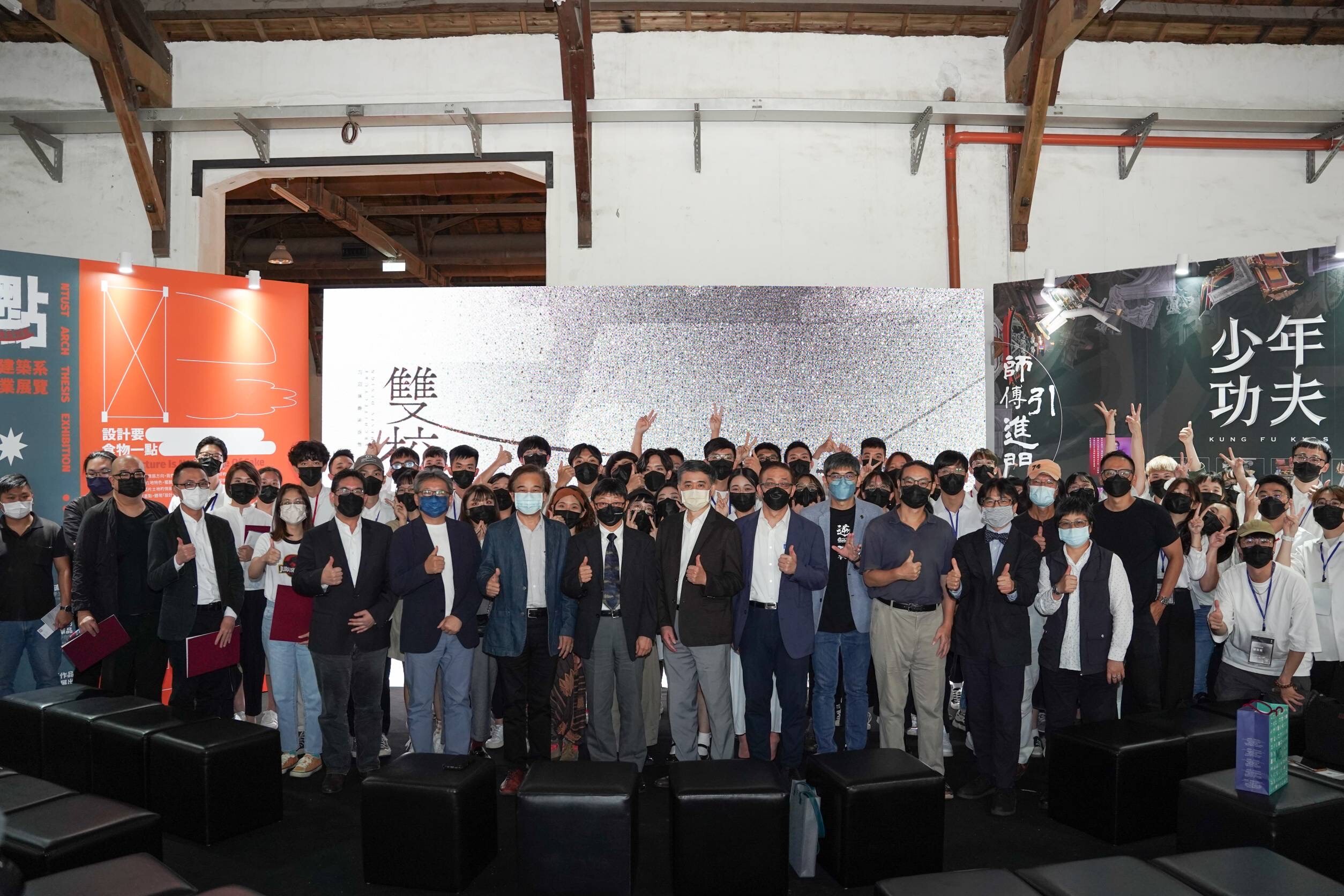
As the general coordinator of the exhibition, Department of Architecture Professor Yun-Shang Chiou stated that the pandemic presented a harsh challenge for the graduating students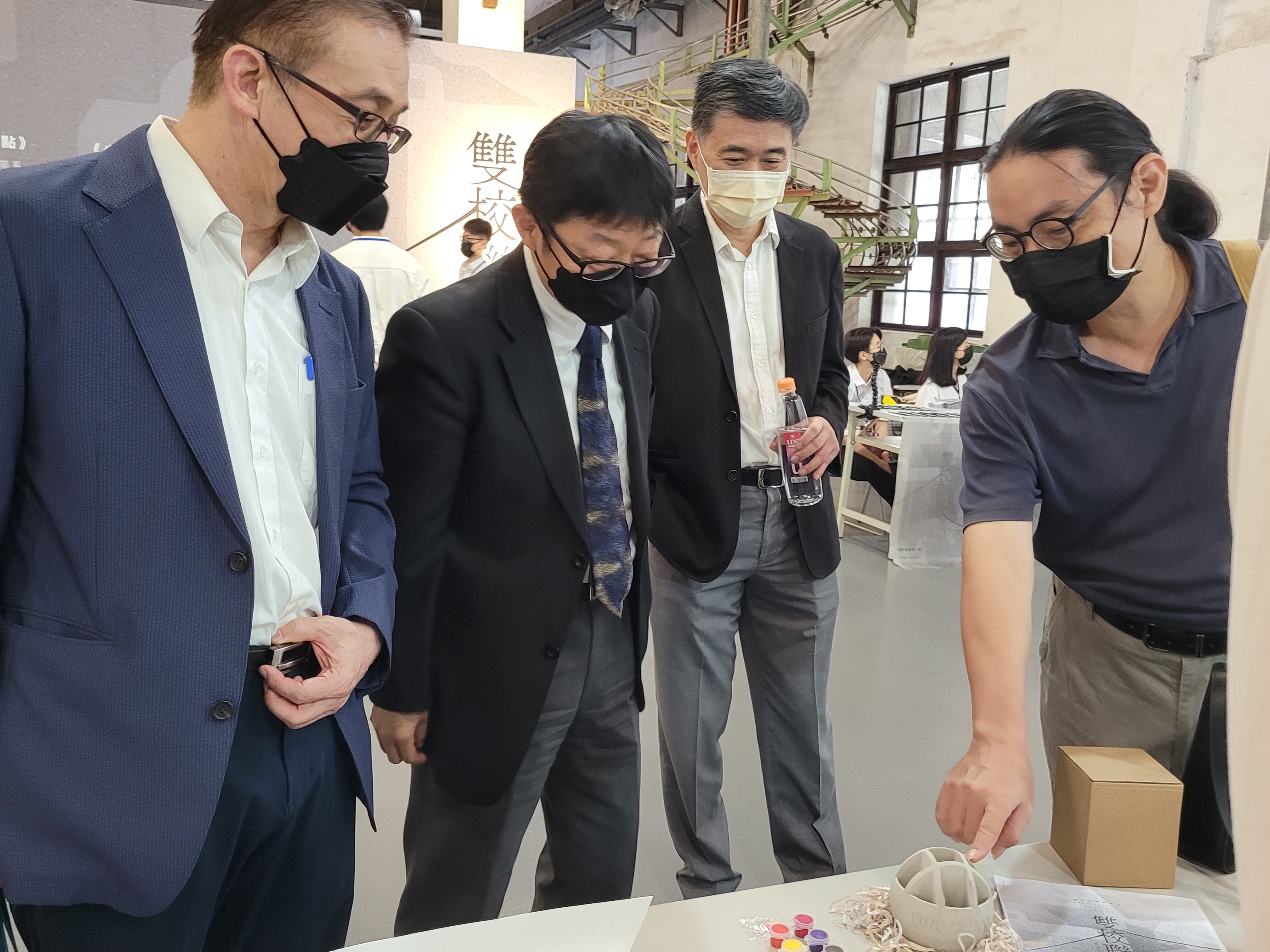 but stirred in them a firm determination in face of reality. Despite the altering complexities and backgrounds of all 89 capstone projects, Chiou believes that every student searched for warmth of human connection when creating their work from scratch and looks forward to finding their altruistic passion in their architectural designs.
but stirred in them a firm determination in face of reality. Despite the altering complexities and backgrounds of all 89 capstone projects, Chiou believes that every student searched for warmth of human connection when creating their work from scratch and looks forward to finding their altruistic passion in their architectural designs.
Taiwan Tech principal Jia Yush Yen expressed delight for the collaborated exhibition which further strengthened relations and created more opportunities for inter-institutional events to convene between the two schools. In regards to the alumni from both schools, the principal acknowledges their extraordinary achievements of improving residential environments in governmental institutions, exploring idiosyncratic styles of architecture in research, and even becoming an indispensable workforce in first-rate architectural firms. Furthermore, the principal anticipates the students to further explore their passion for architecture in their next step of life’s journey.
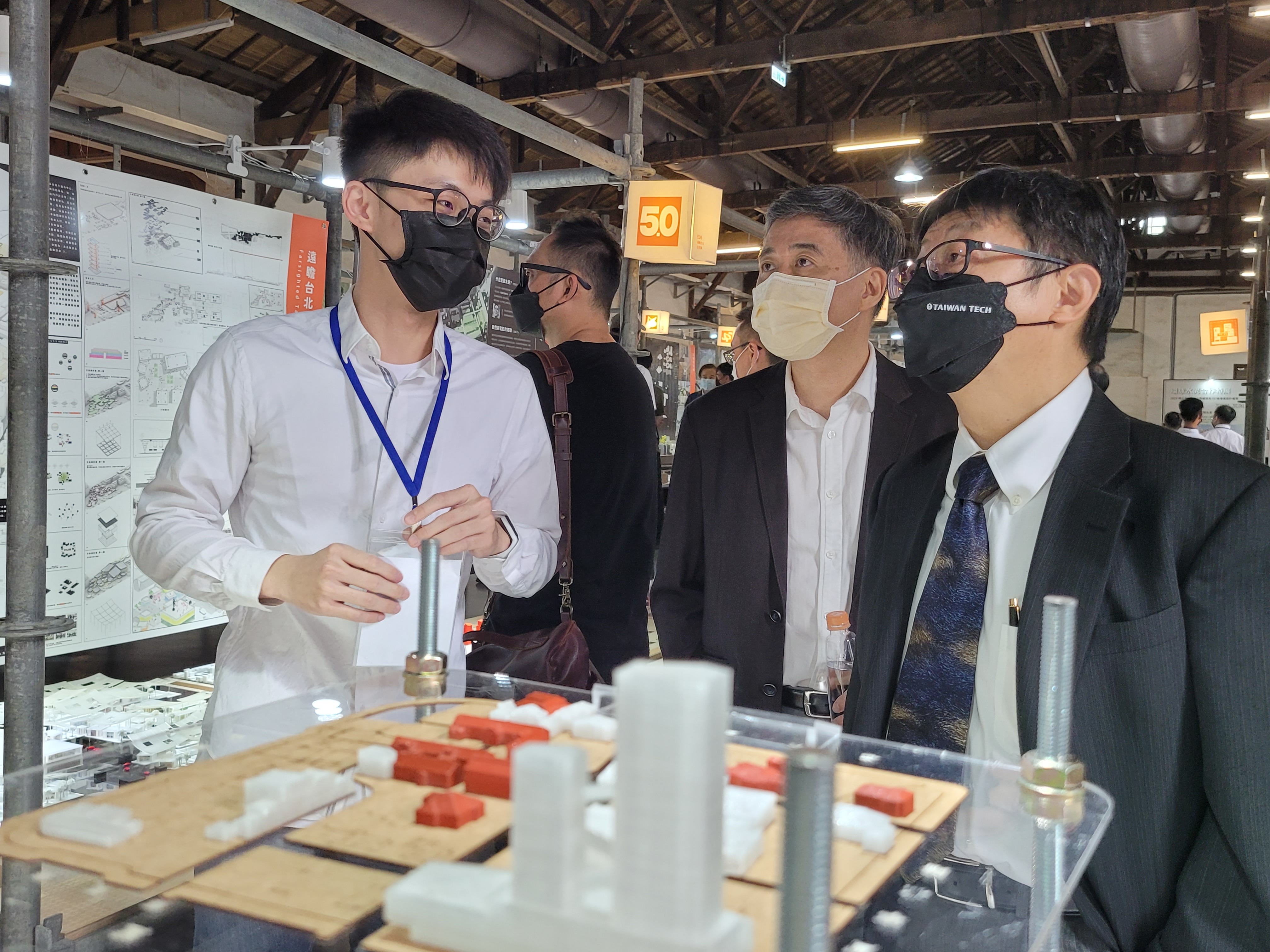
In addition, Arch+ podcast host & architectural designer Balther Fang, JJP Architects & Planners deputy director Weng Yuanbin, architect Huang Ming-Wei, and more were invited to share their learning experience and methods of refining concepts of architectural design.
The following are various capstone projects from the graduating students: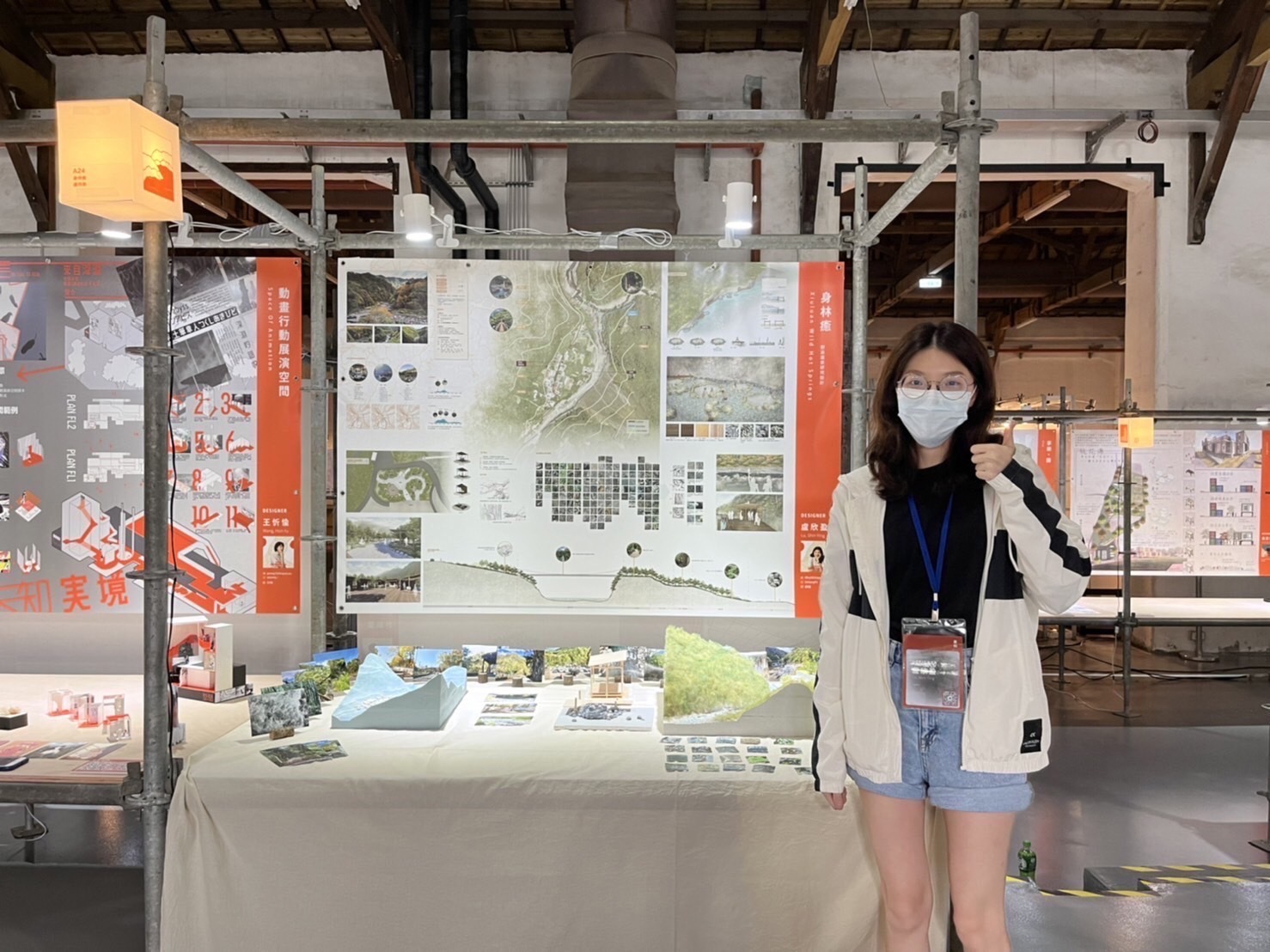
Lu Xinying registered a discrepancy of relaxation levels offered from natural hot springs and hot springs in hospitality facilities. However, natural hot springs inherently present numerous hazards and therefore require adequate regulation. In order to establish a sustainable balance between recreational development and environmental integrity, Lu designed a hot spring area of minimal development with specific features of enabling safer movements to prevent injuries and fatalities as well as environmental impacts.
Growing up in Zuoying, Guo Yuting aims to bring attention to the Old City of Zuoying which has been largely overlooked due to urban development. Despite being delineated as senseless architecture by the modern architectural school of thought, the monumental barriers that once possessed great importance to the Old City for providing embankment and protection, in Guo’s perspective, have gained a more interactive status within the community.
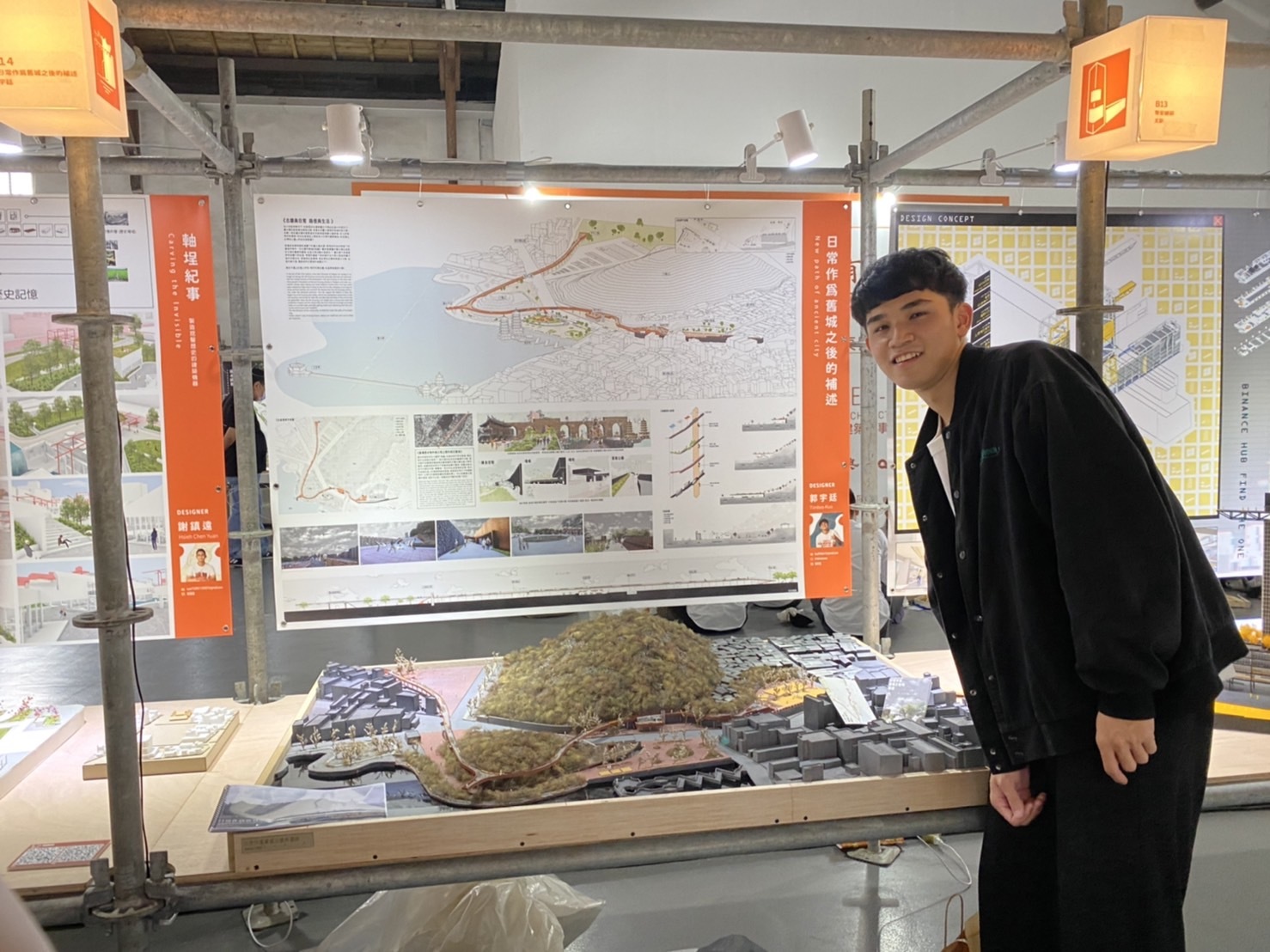
Xu Rongen, a pet lover, made architectural designs that adopted new traffic patterns for resolving challenges such as excessive occupation and inefficient foot traffic which many shelters face today. To create a more compact adopting process which ensures positive relationships between expectant owners and pets, Xu arranged areas where visitors could interact more intimately with animals. When encountering the issue of land scarcity,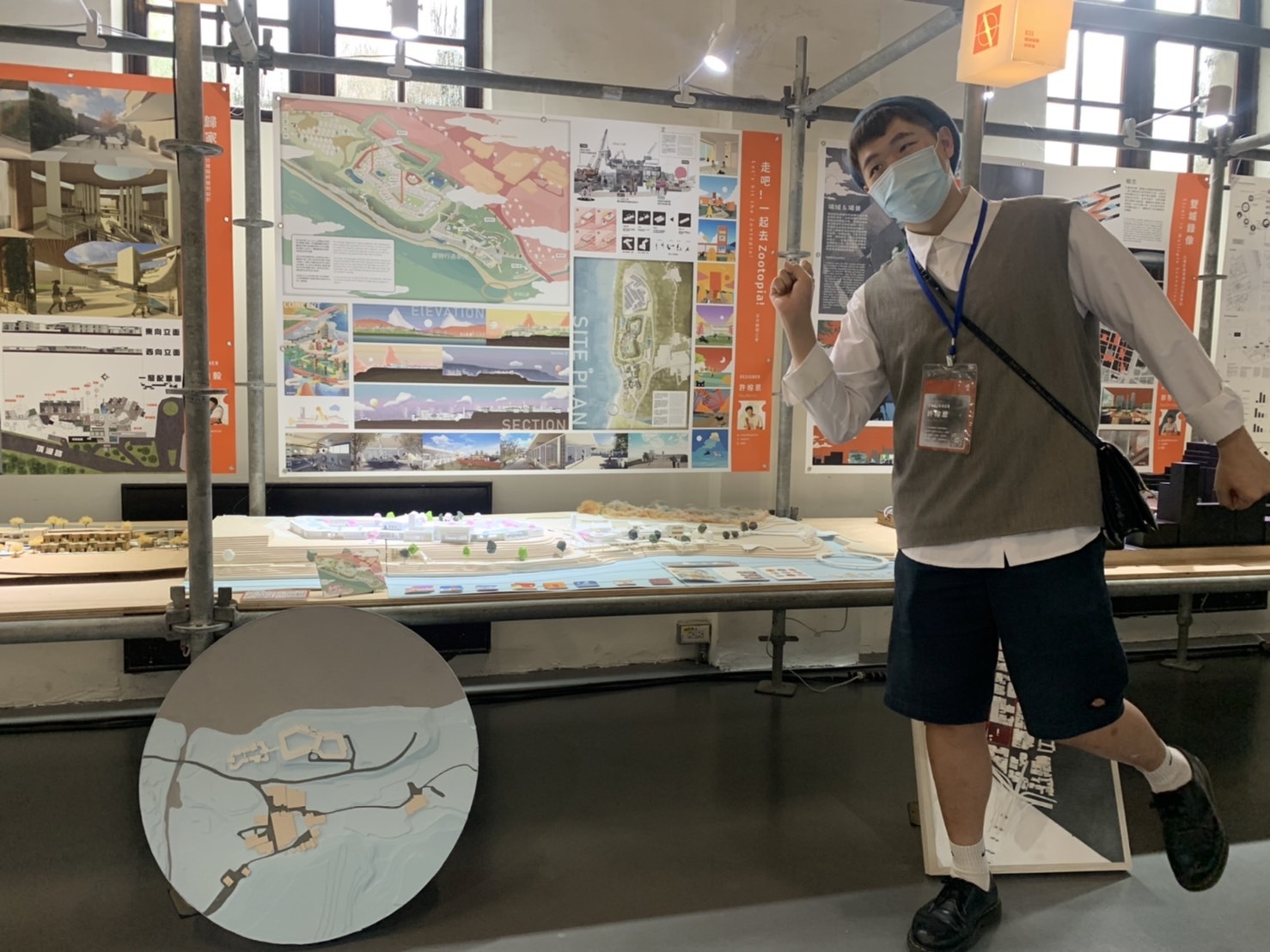 Xu preferred to explore methods of utilizing landfills in the transitional phase as a means to enlarge base areas for new animal shelters and to discuss potential burdens imposed by NIMBY from neighboring townships in hopes of finding a mutual balance between residential communities and stray animals for the future of animal shelters.
Xu preferred to explore methods of utilizing landfills in the transitional phase as a means to enlarge base areas for new animal shelters and to discuss potential burdens imposed by NIMBY from neighboring townships in hopes of finding a mutual balance between residential communities and stray animals for the future of animal shelters.
Having heard that “producing music is nothing more than a hobby in Taiwan” from a music hobbyist friend, Huang Jiadong concurred that Taiwanese society disparages music as a career path. To create an environment where musicians from all genres could gather and learn from one another, Huang designed a music village located in Beimen to provide the music business a proper area for true growth. The music village borrows architectural designs from historical styles and has a stage placed in the center, providing a platform for musicians to perform.
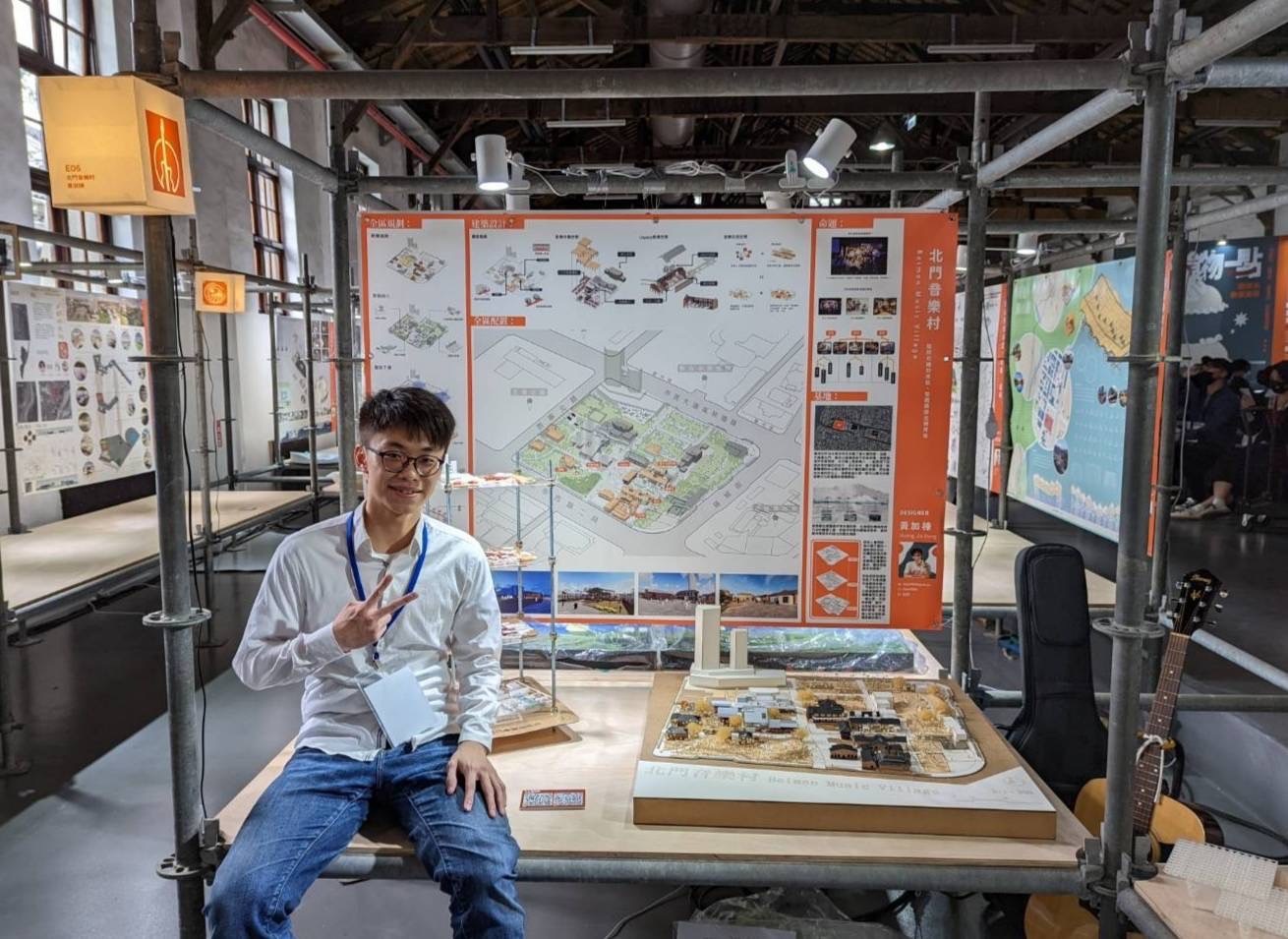
Ding Shiyu thinks that Ximending, a vibrant commercial zone full of history, lacks e-sports as an essential component. Ding created an architectural concept of a building named Cybertron 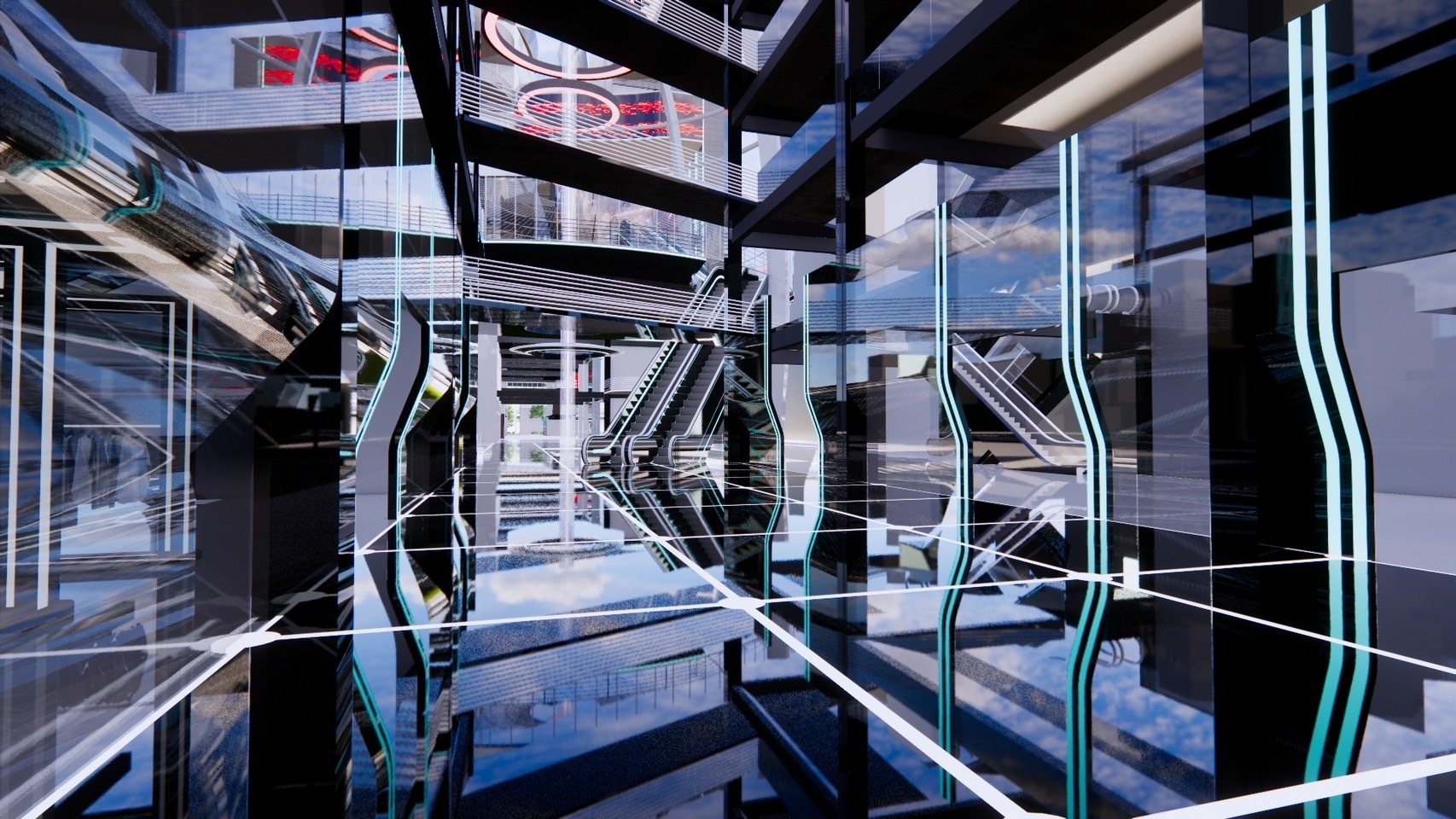 which utilizes a great proportion of reflections and lighting effects to create a fantasy-like exterior. By design, Cybertron positions the popular section in the ground level to promote balanced sectoral development and add new attractions to Ximending.
which utilizes a great proportion of reflections and lighting effects to create a fantasy-like exterior. By design, Cybertron positions the popular section in the ground level to promote balanced sectoral development and add new attractions to Ximending.
Due to insufficient resources, Taiwan heavily depends on imports of raw materials. Chen Jixiang hopes to research designs that utilizes concepts of the circular economy and to seek novel local resources from Taiwan. Chen noted that buildings no longer require durability and all waste becomes raw material for new products under the structure of a circular economy, which is a vital goal for future society.
